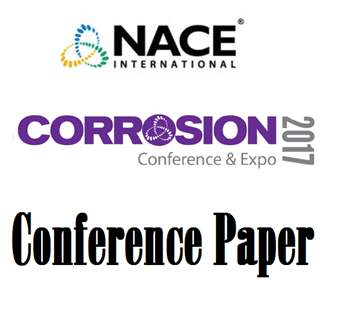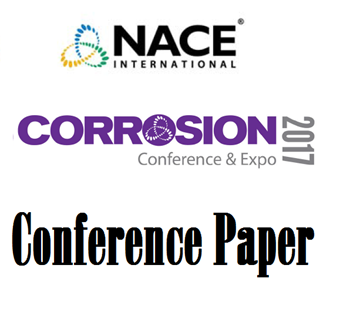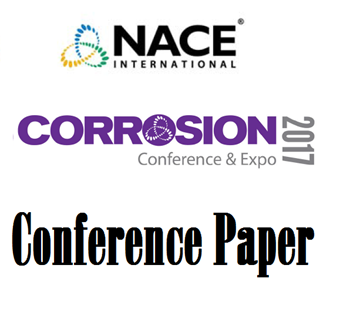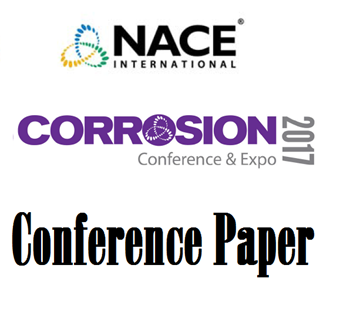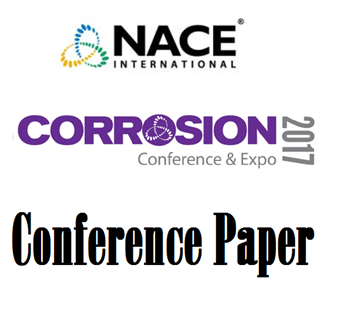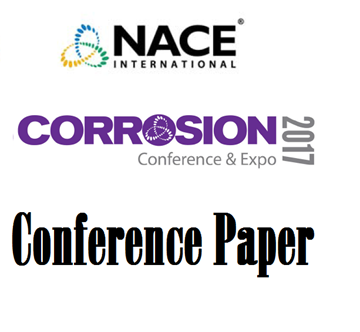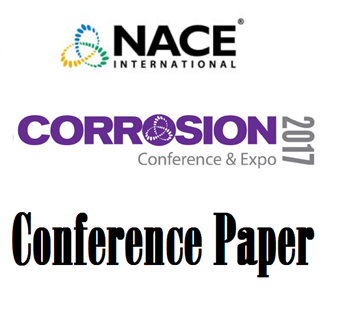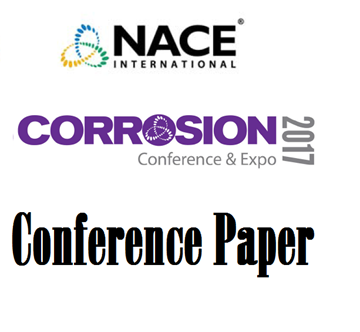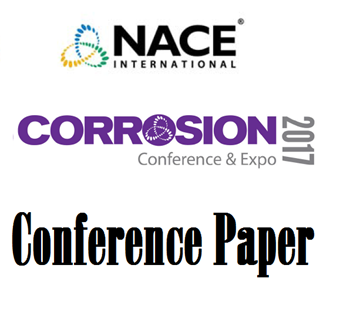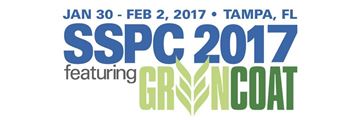Search
Products tagged with '2017 Conference Papers'
View as
Sort by
Display
per page
Evaluate Ammonium Chloride Corrosion Potential with Water Partial Pressure
Product Number:
51317--8960-SG
ISBN:
8960 2017 CP
Publication Date:
2017
$20.00
Evaluating Corrosion Under Protective Coatings for Steel in Marine Environments
Product Number:
51317--9005-SG
ISBN:
9005 2017 CP
Publication Date:
2017
$20.00
Evaluating Drying Time of Residual Hydrotest Water in Pipeline Crevices and Dead Legs
Product Number:
51317--8958-SG
ISBN:
8958 2017 CP
Publication Date:
2017
$20.00
Evaluation of 316L and 2205 Steels Under Flow Effects in Caustic Environments
Product Number:
51317--9158-SG
ISBN:
9158 2017 CP
Publication Date:
2017
$20.00
Evaluation of Alloys for Marine Exhaust Scrubbers
Product Number:
51317--8972-SG
ISBN:
8972 2017 CP
Publication Date:
2017
$20.00
Evaluation of Degradation of a Fiberglass Pipe Exposed to Two Industrial Fluids
Product Number:
51317--8985-SG
ISBN:
8985 2017 CP
Publication Date:
2017
$20.00
Evaluation of Nickel-Base HYBRID-BC1 Alloy Explosion Clad
Product Number:
51317--8818-SG
ISBN:
8818 2017 CP
Publication Date:
2017
$20.00
Evaluation of Simulated Corrosion Pits in X65 Steel
Product Number:
51317--9338-SG
ISBN:
9338 2017 CP
Publication Date:
2017
$20.00
Evaluation of Surface Preparation Methods to Remediate Chlorides
Product Number:
51217-056-SG
Publication Date:
2017
$20.00
Evaluation of the Potential for Liquid Metal Embrittlement of 304L Stainless Steel by Galvanized Fasteners in an Industrial Fire Scenario
Product Number:
51317--9192-SG
ISBN:
9192 2017 CP
Publication Date:
2017
$20.00
Evaluation of the Resistance of Metallic Tank Materials Under the Influence of Biofuels
Product Number:
51317--8854-SG
ISBN:
8854 2017 CP
Publication Date:
2017
$20.00
Evaluations of Wetting and Dispersing Additives for Use in Waterborne AntiCorrosive Paints
Product Number:
51217-032-SG
Publication Date:
2017
$20.00

